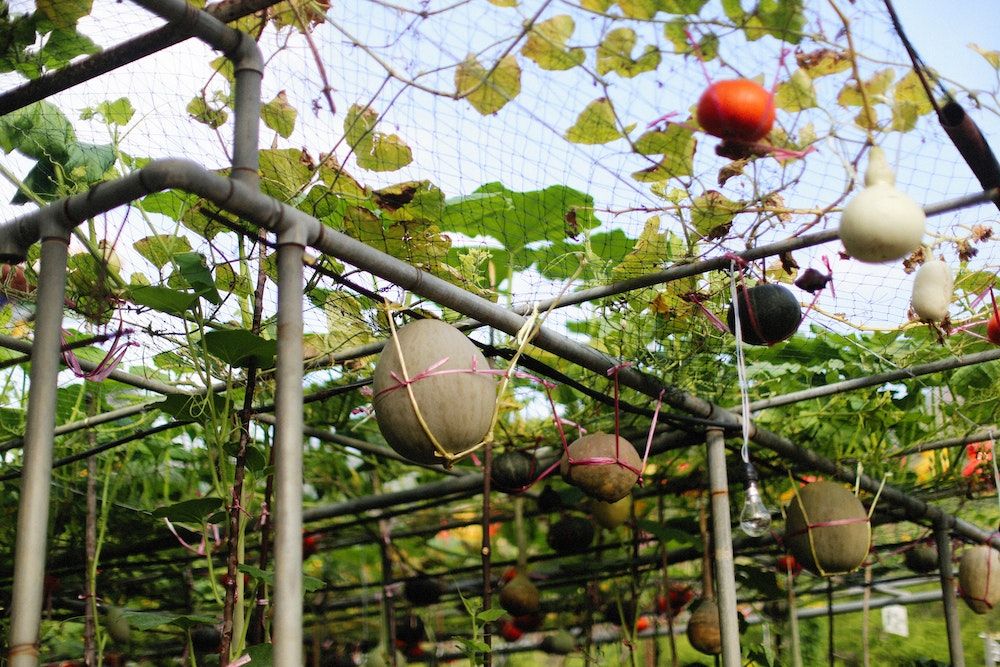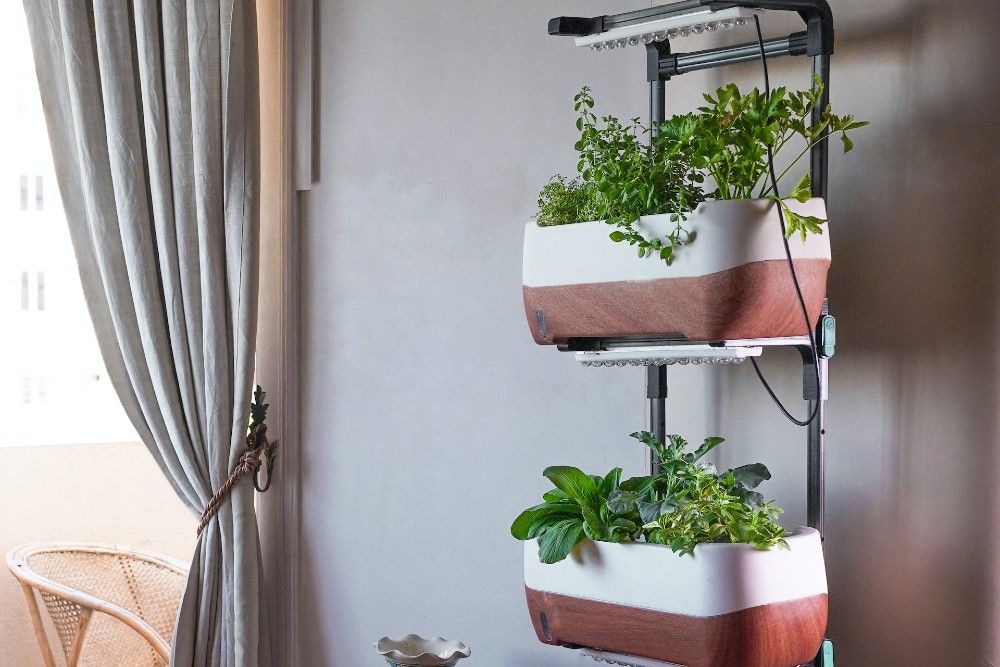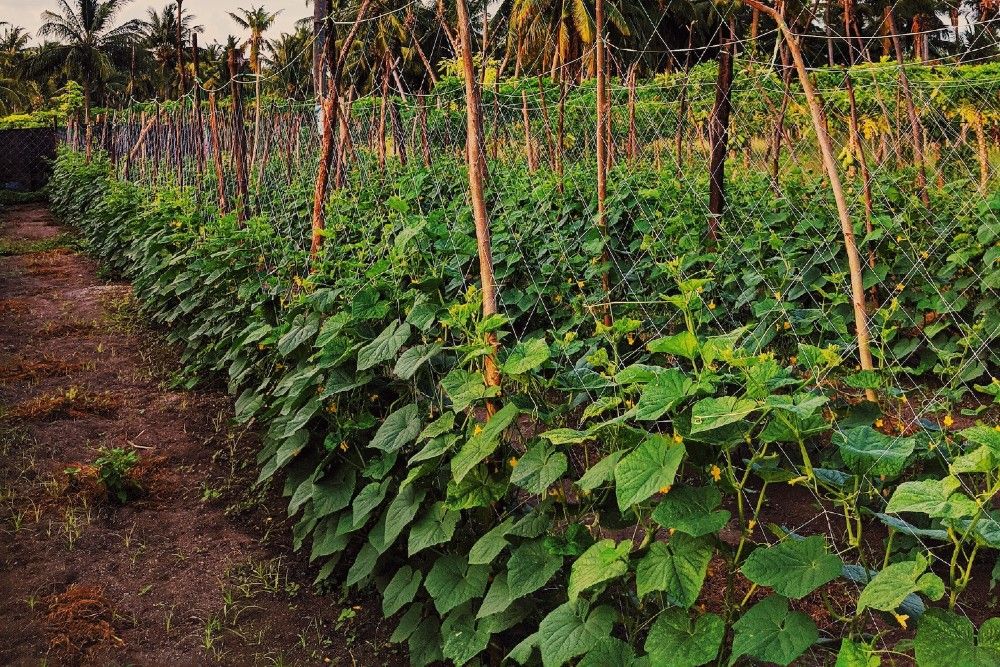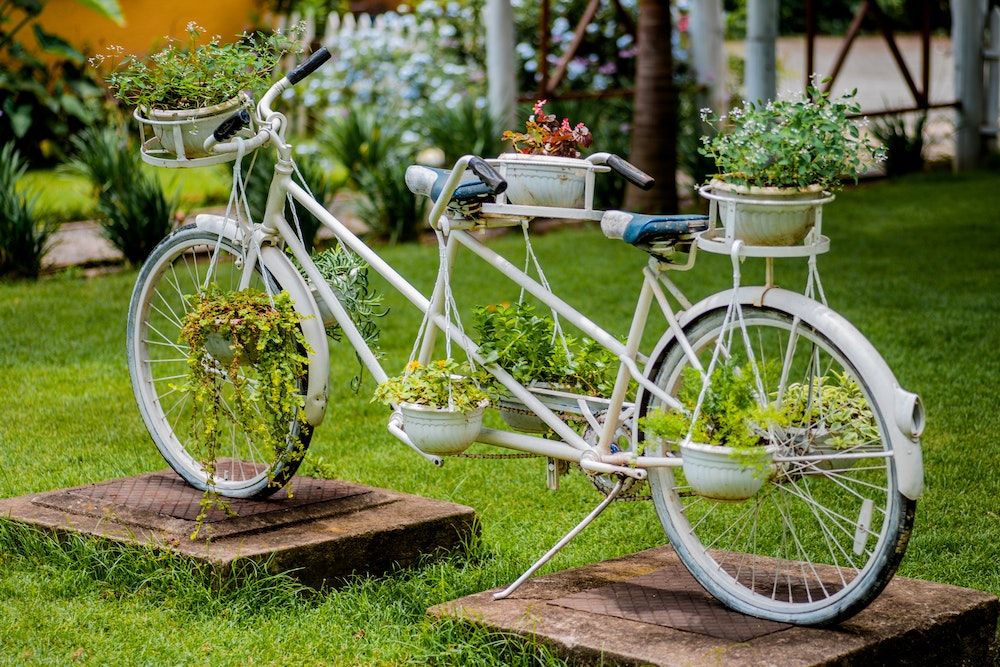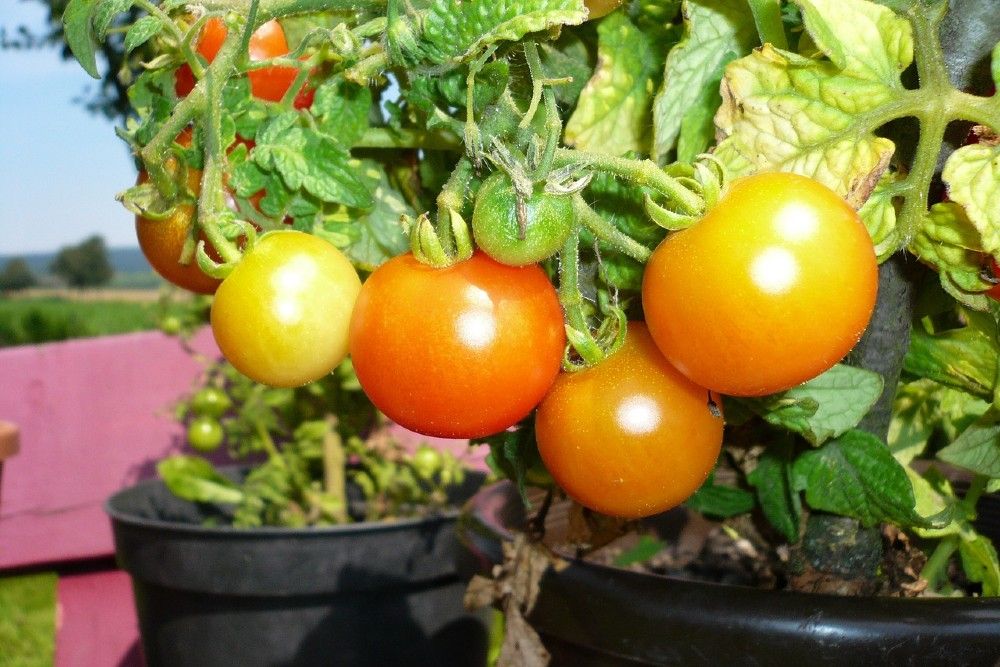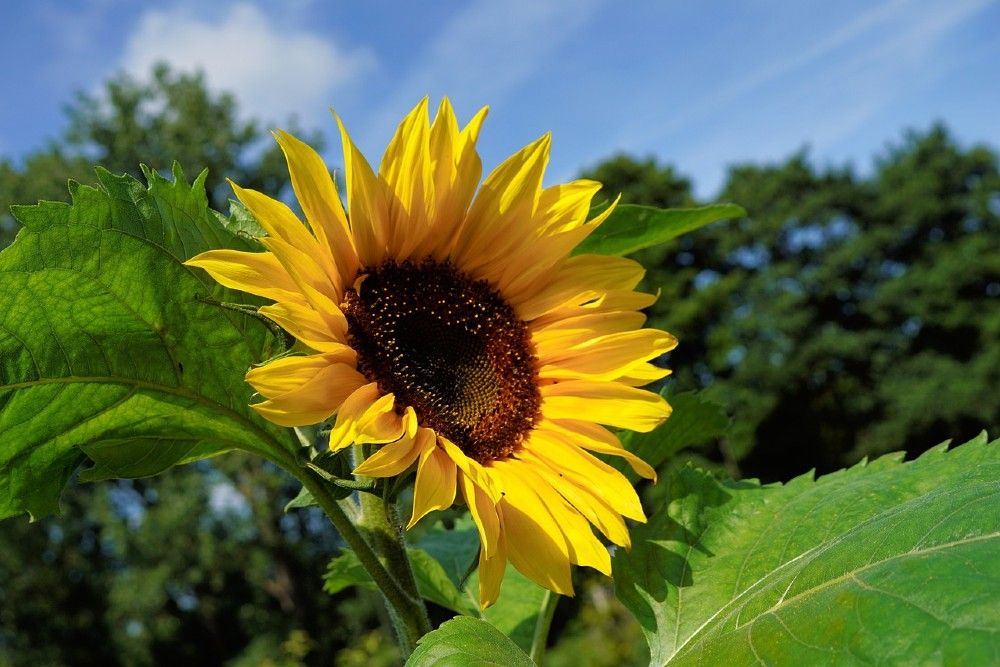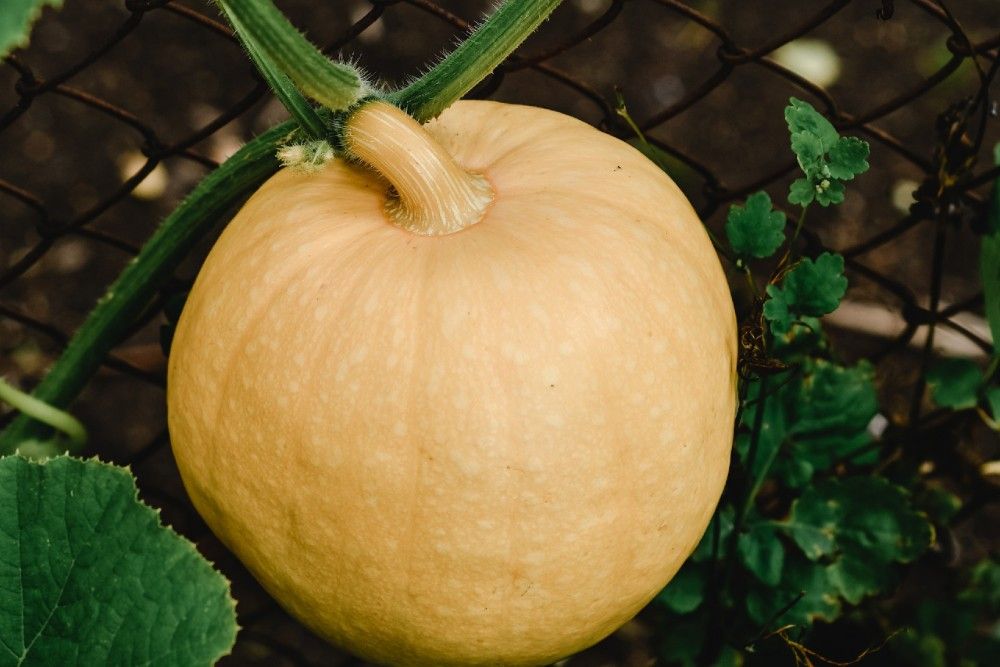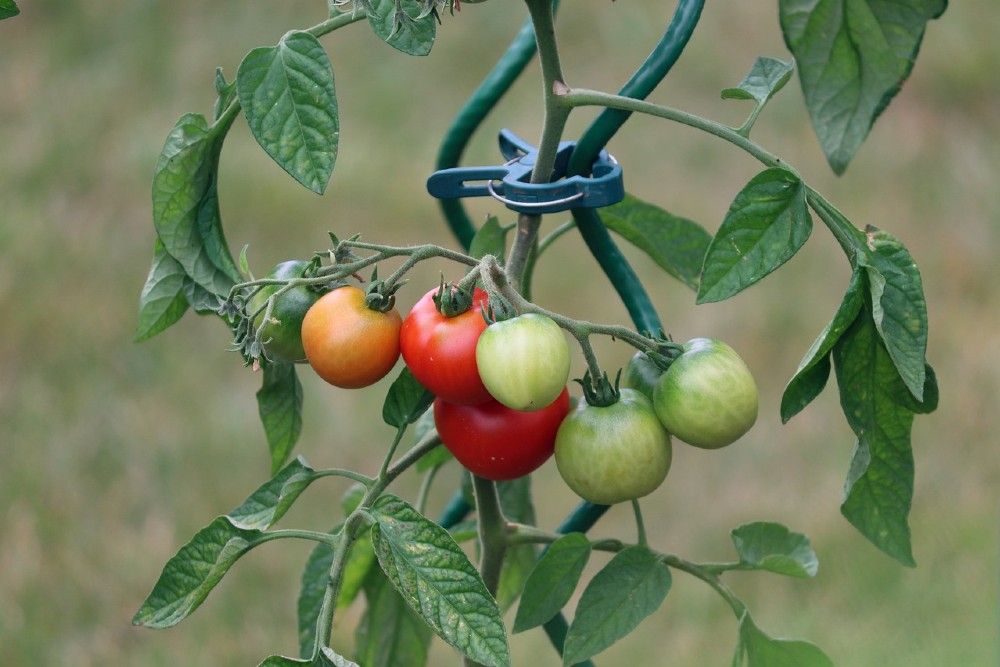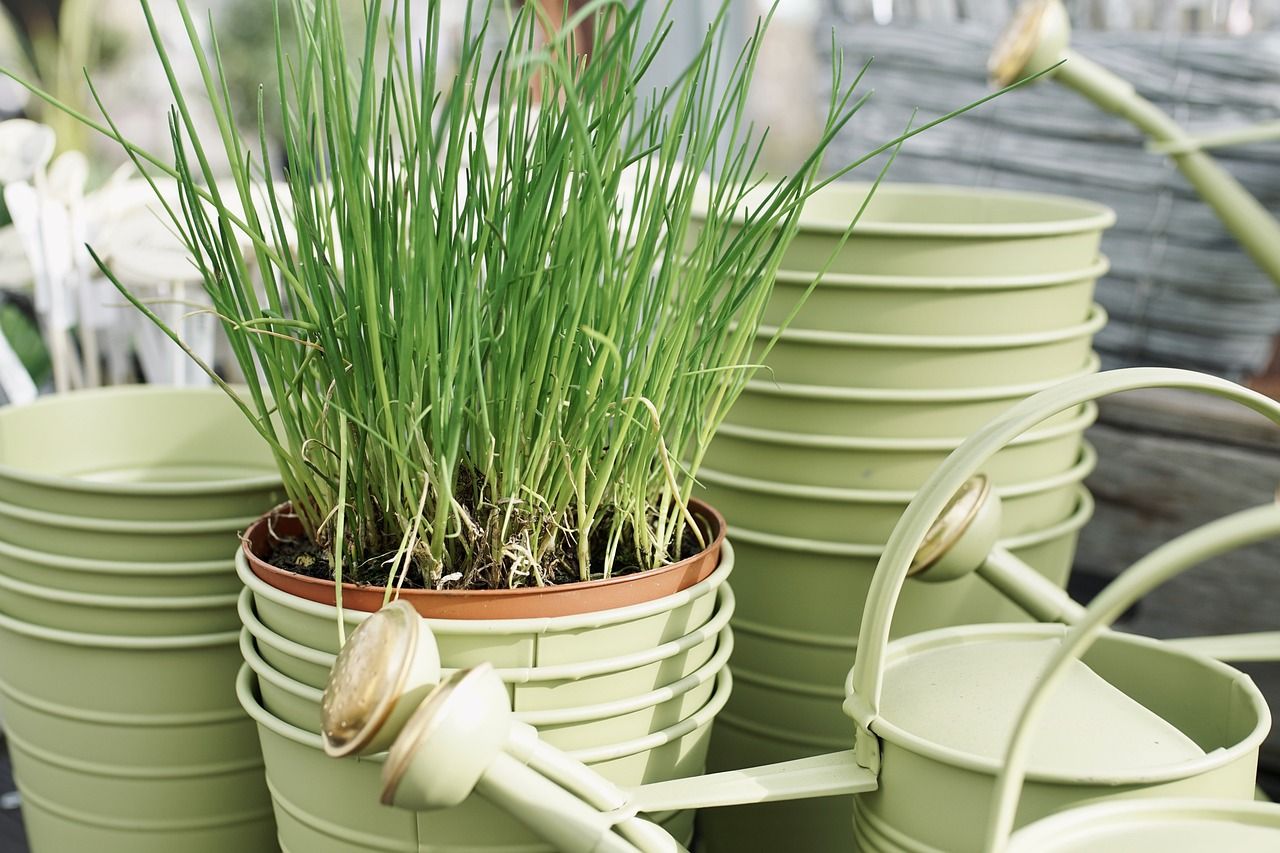Vertical gardens can increase yields, reduce problems with pests and diseases, and save a lot of space. Whether you live in a condo or have limited space in your backyard, growing up may be the best option for vegetable gardening.
Many vining vegetables, when you allow them to grow horizontally, will take up large sections of the garden. Vertical gardens are popular options for these plants and work for a wide variety of vegetables. When planning out your vertical vegetable garden, ensure a successful and bountiful harvest by following the nine tips below.
1. Select the Right Plants
Image credit: Alexey Demidov via Pexels
To maximize space and make the most of your vertical vegetable garden, start with selecting the right plants. Vining or sprawling plants, such as zucchini, squash, melon, cucumber, tomatoes, and climbing beans and peas, are perfect for vertical gardening. These crops can climb and produce large harvests when given proper growing conditions. Some vegetables, like tomatoes, can even be grown upside down and in container indoors.
Herbs and leafy greens are also excellent choices for container gardening, which lends itself well to vertical arrangements. If you're interested in giving this a go, maybe grow herbs in your kitchen.
2. Pick a Sunny Location
Image credit: Altifarm Enverde via Unsplash
When selecting a spot for your vertical vegetable garden, pick a sunny location. For indoor gardens, a south or west-facing window, sunroom, or balcony is ideal. If you don’t receive enough sunlight, consider using grow lights.
Outdoors, choose a location that receives at least six to eight hours of sunlight, depending on the crops you grow. Be mindful of structures that block the sun and the rain. Exterior walls of homes and fences can provide shelter from the wind, but if they don’t provide adequate sunlight, it's not the best location.
3. Choose a Sturdy Support
Image credit: Dmitriy Zub via Pexels
Once you have selected a location for your vertical garden, pick a sturdy structure for support. These plants may start small, but when given the proper care, not only will they expand in size but the fruit they bear can be quite heavy. Common supports include; trellises, arches, tripods, wire cages, netting, and poles.
To ensure your support last, purchase or construct it from strong materials. Steel supports or 2x4s are the most common as they provide solid frames. You can use other materials such a chicken wire as long as it can hold the weight of the mature plant without falling over. For a sturdy structure, secure posts about two feet into the ground. You can also utilize slings for heavy fruit such as melons and squash.
For a tiered raised planter, be sure that it can hold the weight of the soil when wet. Planters and pots are ideal indoors and outdoors for growing a variety of herbs and leafy greens.
4. Get Creative
Image credit: Peter Godfrey via Pexels
One of the best parts of gardening is using your creativity. There are many DIY options and a plethora of vertical gardens and support structures you can purchase and customize. Have a look at your space, see what features of your home you can take advantage of, and choose something that matches your tastes.
Whether you prefer the rustic look of wooden arches, tiers, and ladders or the trendy look of recycled pop bottles, bicycles, and tires, there’s an option for every style.
5. Proper Drainage
Image credit: TePunkt via Pixabay
When it comes to vertical gardening, containers with proper drainage is still a necessity. It is difficult to maintain proper moisture levels for potted plants without drainage holes as overwatering or water logged soil could quickly become an issue.
They're usually either underwatered, which can lead to wilt and poor growth, or overwatered, which can cause root rot. If you are constructing the containers or have a vertical structure without drainage, drill some holes.
6. Companion Plant
Image credit: Kapa 65 via Pixabay
When plotting out your garden, companion planting in combination with vertical vegetable gardening is an excellent way to utilize the space. Here are some popular combinations to save you space:
- Beets and onions - vegetables in the Allium family can repel pests from beets.
- Peas and herbs - Peas add nitrogen to the soil creating a lovely environment for herbs. On the contrary herbs like rosemary will ward off pests.
- Plant marigolds with root vegetables such as carrots or turnips.
Companion plants are also fantastic supports for climbing plants. Sunflowers and corn, for example, have strong stalks and make excellent supports for peas and beans.
You can now make the most out of your space! Also, take advantage of the shade provided by vining plants by planting shade-loving plants nearby.
7. Give Them Space
Image credit: Eva Bronzini via Pexels
Once you start vertical gardening, the growth of your plants may surprise you. When you grow plants off of the ground, this provides more airflow, which reduces the chances of disease and pests.
Raising your plants also gives them more exposure to the sun, especially for sprawling vegetables. It often results in huge growth and yield, so give your veggies lots of space.
8. Train Them To Climb
Image credit: manfredrichter via Pixabay
Some vegetables, such as climbing beans and peas, send out tendrils that tightly wind around any nearby support structure. They will climb on their own, but you may need to direct them by wrapping new tendrils where you want them to grow. On the other hand, you will need to tie or use cages for plants such as tomatoes to train them to climb.
When considering placement and training your plants to climb, be mindful of them tangling together. Whether intended or unavoidable, it can occasionally lead to one plant choking another out. Intertwined plants are also difficult to move and harvest.
9. Water Regularly
Image credit: suju-foto via Pixabay
Vertical gardens may also have the added disadvantage of an awning or eavestrough blocking access to the rain. Generally, vertical gardens will need frequent watering. To save water, consider redirecting rainwater as an irrigation system.
Optimize Your Setup
Growing a vertical vegetable garden can optimize your setup and make your life easier. Not only will you not have to bend over to tend to your crops, saving your back, but your plants will also be healthier as a result. It can lead to higher vegetable yields, meaning you can save money on groceries.
Do you have a vertical vegetable garden? Share your tips in the comments.


